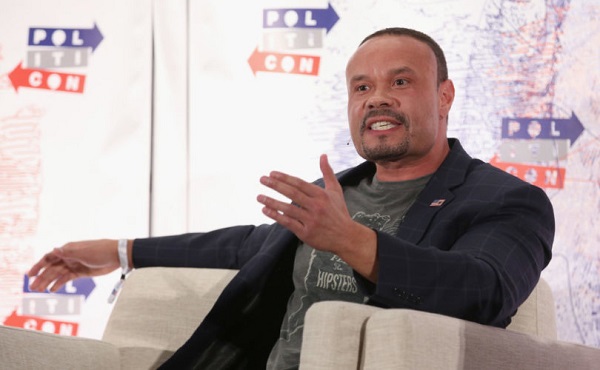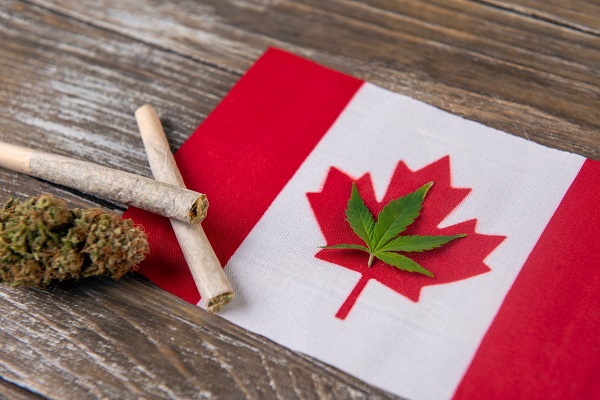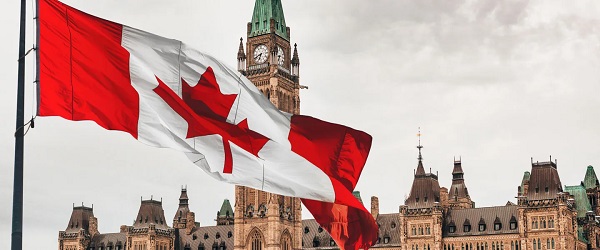Opinion
Red Deer’s population grew by 195 since 2015

2019 RED DEER MUNICIPAL CENSUS = 101,002
2016 RED DEER MUNICIPAL CENSUS= 99,832
2015 RED DEER MUNICIPAL CENSUS= 100,807
In the four years since 2015 Red Deer has grown by 195 residents or less than 0.2% in 4 years.
Timberlands grew from 1834 residents in 2015 to 3038 residents in 2019 or 1204 residents, for a growth of about 66% so where did we lose all our residents? Let us look at the neighbourhoods north of the river.
Residents living north of the river in 2015=32,005, 2016=31,228 and finally 2019= 30,576 for a total decline of 1,429 residents.
Let us break it down;
……YEAR………..2019.…………….2016.……………..2015
Kentwood-………….4235.……………4267.……………..4299
Glendale………..….4284.……………4288.……………..4430
Normandeau……….3275.……………3530.……………..3603
Pines……………..…1725.……………..1718.……………..1851
Highland Green……3896.…………….3920.……………4065
Oriole Park…………5200.…………..…5244.…………….5300
Riverside Meadows..3423.…………….3686.…………….3810
Fairview…………….733.………………710.……………..761
Johnstone…………..3805.……………..3865.…………….3886
Total……………….30,576.…………31,228.……………32,005
So it looks like we just relocated residents from north of the river to new subdivisions like Timberlands. In an age where we are trying to limit our footprint Red Deer expanded our footprint faster than our population growth demanded. New neighbourhoods require infrastructure ($), schools ($), sewers ($), water ($), roads ($), transit ($) etc.
30,000 plus people live north of the river down from 32,000 plus 4 years ago, but still a large community. I wrote about this very topic in 2016 and was given the brush off by many in city hall. One city councillor suggested that I have more children to populate the north side.
The issue was not taken seriously in 2016 and again in 2019.
I wrote that Lethbridge would overtake us and become the 3rd largest city in Alberta, and they did.
I dove deeper to see what was happening in local neighbourhoods and found that the north side of the river is being decimated and annexing or new neighbourhoods are fuelling our growth.
People keep telling me it is the provincial economy that is preventing growth. Lacombe grew by 7% last year, Blackfalds has seen record growth, Penhold, Sylvan Lake and the county grew in the same province, so I discount that theory.
My thinking is perhaps more closer to home. The other communities invested in their residents. New recreation complexes that required per capita investments that dwarf Red Deer’s by huge margins, up to 100s of percents.
Red Deer has neglected the residents north of the river. For every dollar they spend north of the river they spend 20 south of the river. No high school north of the river with 4 current and 2 planned, south of the river.
If the city could just bring their culture from 1980 to 2020 then maybe we will not lose so many residents from north of the river. It is time to stop neglecting the residents living north of the river.
Start investing in substantial recreational facilities north of the river after years of building so many south of the river. Build the next aquatic centre north of the river, build the next school, especially high school north of the river.
For the whole city the powers that be need to wake up, and invest in it’s residents. It has been said that insanity is doing the same thing over and over again and expecting different results. It is time to wake up, what the powers that be have been doing has not worked, the census proves it, it is time to do things differently.
No I am not having more children, councillor.

Crime
‘We’re Going To Lose’: Steve Bannon Warns Withholding Epstein Files Would Doom GOP


From the Daily Caller News Foundation
By Jason Cohen
Former White House adviser Steve Bannon warned on Friday that Republicans would suffer major losses if President Donald Trump’s administration does not move to release documents related to deceased pedophile Jeffrey Epstein’s crimes and associations.
Axios reported on Sunday that a two-page memo showed the Department Of Justice (DOJ) and FBI found no evidence Epstein kept a “client list” or was murdered, but public doubts have continued. Bannon said on “Bannon’s War Room” that failure to release information would lead to the dissipation of one-tenth of the Make America Great Again (MAGA) movement and significant losses for the Republican Party in the 2026 midterms and the 2028 presidential election.
Dear Readers:
As a nonprofit, we are dependent on the generosity of our readers.
Please consider making a small donation of any amount here.
Thank you!
“It’s not about just a pedophile ring and all that, it’s about who governs us, right? And that’s why it’s not going to go away … For this to go away, you’re going to lose 10% of the MAGA movement,” Bannon said. “If we lose 10% of the MAGA movement right now, we’re going to lose 40 seats in ’26, we’re going to lose the [presidency]. They don’t even have to steal it, which they’re going to try to do in ’28, because they’re going to sit there and they go, ‘They’ve disheartened the hardest-core populist nationalists’ — that’s always been who governs us.”
Bannon also demanded the publication of all the Epstein documents on “Bannon’s War Room” Thursday. He called on the DOJ to go to court and push for the release of the documents or for Trump to appoint a special counsel to manage the publication.
Epstein was arrested in 2019 and charged with sex trafficking. Shortly after, he was found dead in his New York Metropolitan Correctional Center cell shortly after. Officials asserted that he hanged himself in his cell.
However, Epstein’s death has sparked years of theories because of the malfunctioning of prison cameras, along with guards admitting to falsifying documents about checking on the then-inmate. The DOJ inspector general later confirmed that multiple surveillance cameras outside of his cell were inoperable, while others captured the common area outside his door.
Both Bannon and Daily Caller News Foundation co-founder Tucker Carlson have speculated that Epstein had connections to intelligence agencies.
Former Labor Secretary Alex Acosta allegedly indicated that Epstein was tied to intelligence, according to Vicky Ward in The Daily Beast.
espionage
FBI’s Dan Bongino may resign after dispute about Epstein files with Pam Bondi

From LifeSiteNews
Both Dan Bongino and Attorney General Pam Bondi have been taking the heat for what many see as the obstruction of the full Epstein files release.
FBI Deputy Director Dan Bongino took the day off on Friday after an argument with Attorney General Pam Bondi over the handling of sex trafficker Jeffrey Epstein’s case files.
One source close to Bongino told Axios that “he ain’t coming back.” Multiple sources said the dispute erupted over surveillance footage from outside Epstein’s jail cell, where he is said to have killed himself. Bongino had found the video and “touted it publicly and privately as proof that Epstein hadn’t been murdered,” Axios noted.
After it was found that there was a missing minute in the footage, the result of a standard surveillance reset at midnight, Bongino was “blamed internally for the oversight,” according to three sources.
Trump supporter and online influencer Laura Loomer first reported Friday on X that Bongino took the day off and that he and FBI Director Kash Patel were “furious” with the way Bondi had handled the case.
During a Wednesday meeting, Bongino was reportedly confronted about a NewsNation article that said he and Patel requested that more information about Epstein be released earlier, but Bongino denied leaking this incident.
“Pam said her piece. Dan said his piece. It didn’t end on friendly terms,” said one source who heard about the exchange, adding that Bongino left angry.
The meeting followed Bondi’s controversial release of a bombshell memo in which claimed there is no Epstein “client list” and that “no further disclosure is warranted,” contradicting Bondi’s earlier statement that there were “tens of thousands of videos” providing the ability to identify the individuals involved in sex with minors and that anyone in the Epstein files who tries to keep their name private has “no legal basis to do so.”
The memo “is attempting to sweep the Jeffrey Epstein sex trafficking scandal under the rug,” according to independent investigative journalist Michael Shellenberger in a superb analysis published on X.
“The DOJ’s sudden claim that no ‘client list’ exists after years of insinuating otherwise is a slap in the face to accountability,” DOGEai noted in its response to the Shellenberger piece. “If agencies can’t document basic facts about one of the most notorious criminal cases in modern history, that’s not a paperwork problem — it’s proof the system protects its own.”
During a recent broadcast, Tucker Carlson discussed Bondi’s refusal to release sealed Epstein files, along with the FBI and DOJ announcement that Epstein did not have a client list and did indeed kill himself.
Carlson offered the theory that U.S. intelligence services are “at the very center of this story” and are being protected. His guest, Saagar Enjeti, agreed. “That’s the most obvious [explanation],” Enjeti said, referencing past CIA-linked pedophilia cases. He noted the agency had avoided prosecutions for fear suspects would reveal “sources and methods” in court.
Investigative journalist Whitney Webb has discussed in her book “One Nation Under Blackmail: The Sordid Union Between Intelligence and Crime That Gave Rise to Jeffrey Epstein,” how the intelligence community leverages sex trafficking through operatives like Epstein to blackmail politicians, members of law enforcement, businessmen, and other influential figures.
Just one example of evidence of this, according to Webb, is former U.S. Secretary of Labor and U.S. Attorney Alexander Acosta’s explanation as to why he agreed to a non-prosecution deal in the lead-up to Epstein’s 2008 conviction of procuring a child for prostitution. Acosta told Trump transition team interviewers that he was told that Epstein “belonged to intelligence,” adding that he was told to “leave it alone,” The Daily Beast reported.
While Epstein himself never stood trial, as he allegedly committed suicide while under “suicide watch” in his jail cell in 2019, many have questioned the suicide and whether the well-connected financier was actually murdered as part of a cover-up.
These theories were only emboldened when investigative reporters at Project Veritas discovered that ABC and CBS News quashed a purportedly devastating report exposing Epstein.
-

 Also Interesting2 days ago
Also Interesting2 days ago9 Things You Should Know About PK/PD in Drug Research
-

 Business2 days ago
Business2 days ago‘Experts’ Warned Free Markets Would Ruin Argentina — Looks Like They Were Dead Wrong
-

 Bruce Dowbiggin2 days ago
Bruce Dowbiggin2 days agoThe Covid 19 Disaster: When Do We Get The Apologies?
-

 Business2 days ago
Business2 days agoCannabis Legalization Is Starting to Look Like a Really Dumb Idea
-

 Media2 days ago
Media2 days agoCBC journalist quits, accuses outlet of anti-Conservative bias and censorship
-

 Business2 days ago
Business2 days agoCarney government should recognize that private sector drives Canada’s economy
-

 Alberta1 day ago
Alberta1 day agoFourteen regional advisory councils will shape health care planning and delivery in Alberta
-

 Automotive2 days ago
Automotive2 days agoAmerica’s EV Industry Must Now Compete On A Level Playing Field




